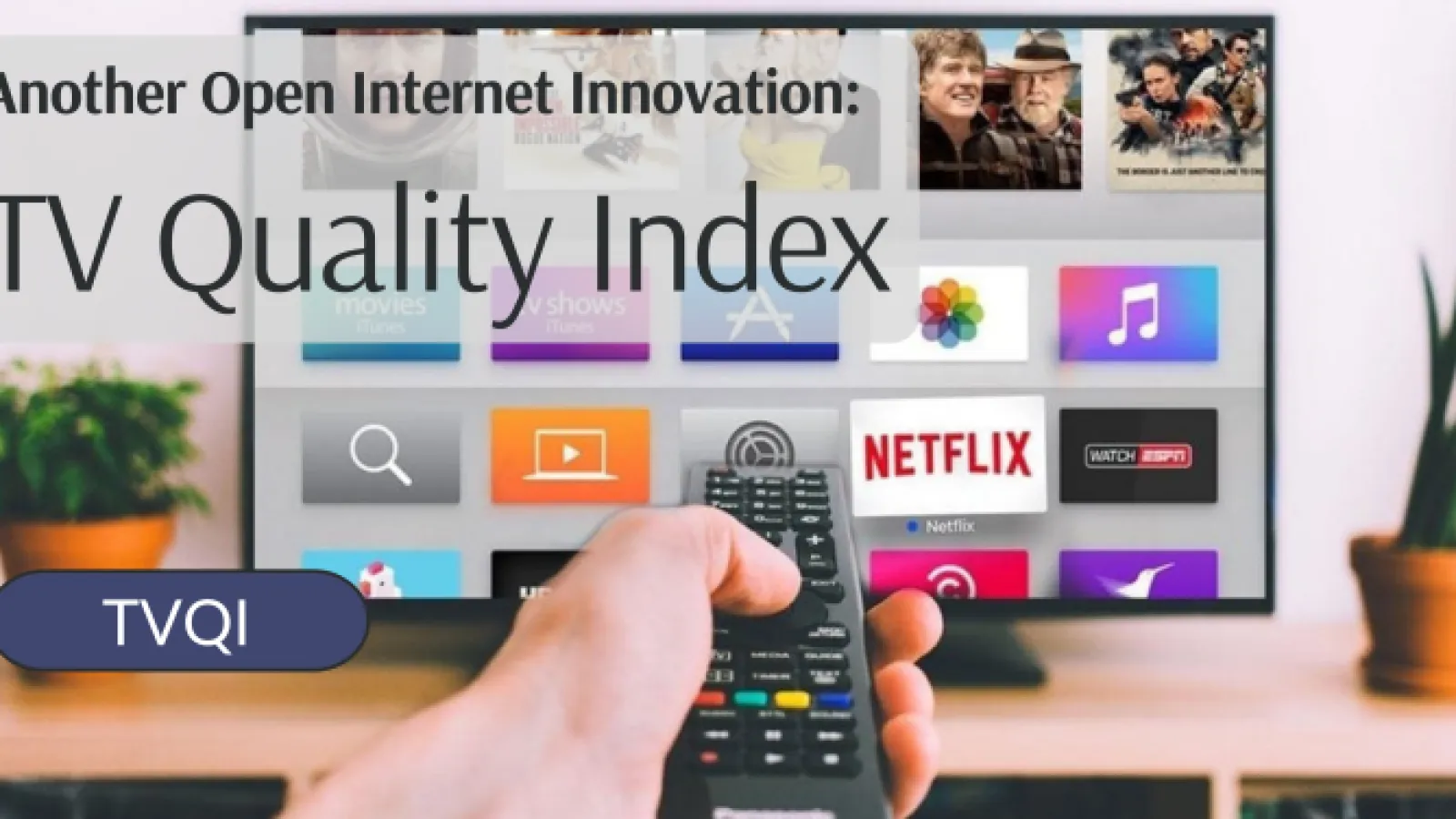
TV Quality Index (TVQI): Maximizing Ad Performance
In the ever-evolving world of video advertising, optimizing ad spend and targeting the right audience is crucial. The TV Quality Index (TVQI) offers advertisers an all new and valuable tool to enhance their ad performance by measuring the quality of TV and video impressions. In this article, we will delve into the concept of TVQI optimization and its impact on campaign success.
What is TV Quality Index:
The TV Quality Index (TVQI) is a comprehensive score ranging from 1 to 100, representing the quality of TV and video impressions. It considers six key criteria related to content quality, ad experience, and supplier transparency. By prioritizing higher-quality content in CTV and video channels, advertisers with Data Fusion Marketing can ensure their ad spend is directed toward premium inventory without compromising on reach.
1. Content Quality - The Backbone of TVQI:
One of the fundamental aspects of TVQI is content quality. This criterion considers factors such as production quality, freshness, critical acclaim, and consumer popularity. Advertisers can benefit from focusing their efforts on publishers with a strong catalog of high-quality content.
2. Addressability and Signals - Enhancing Precision:
To optimize TVQI, advertisers can leverage addressability and signals. Persistent device identifiers enable precise audience targeting, frequency capping, and accurate attribution. By effectively utilizing the Household Graph, advertisers can deliver tailored messages to specific households and improve campaign performance. Additionally, signals such as content duration provide valuable insights into the quality of the inventory, favoring longform content that typically delivers higher engagement and viewer satisfaction.
3. Ad Experience and Device Type - Elevating Engagement:
The positioning of ads within content plays a vital role in the ad experience. TVQI optimization favors pre- and mid-roll placements over post-roll or outstream placements. This strategic approach ensures that ads are presented at optimal moments, maximizing viewer engagement. Furthermore, prioritizing connected TV and big-screen inventory over small-screen messaging.
4. Market Type - Transparency and Value:
Another crucial aspect of TVQI optimization is market type. Advertisers benefit from transparent, consistent, and accurate signals that allow them to make informed decisions and maximize the value of their ad spend. Choosing media partners that provide transparent and reliable data and insights ensures advertisers can effectively measure campaign performance, make data-driven adjustments, and achieve their desired outcomes.
Optimizing the TV Quality Index provides advertisers with a brand new powerful tool to enhance ad performance in the TV and video space. By focusing on content quality, leveraging addressability and signals, prioritizing optimal ad experiences and device types, and partnering with a transparent DSP like Data Fusion, advertisers can drive better results and maximize the impact of their programmatic video campaigns.
Click HERE to check out this article on LinkedIn.